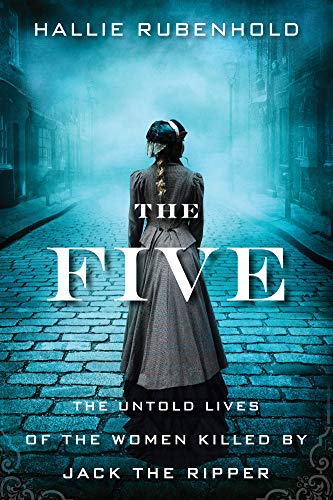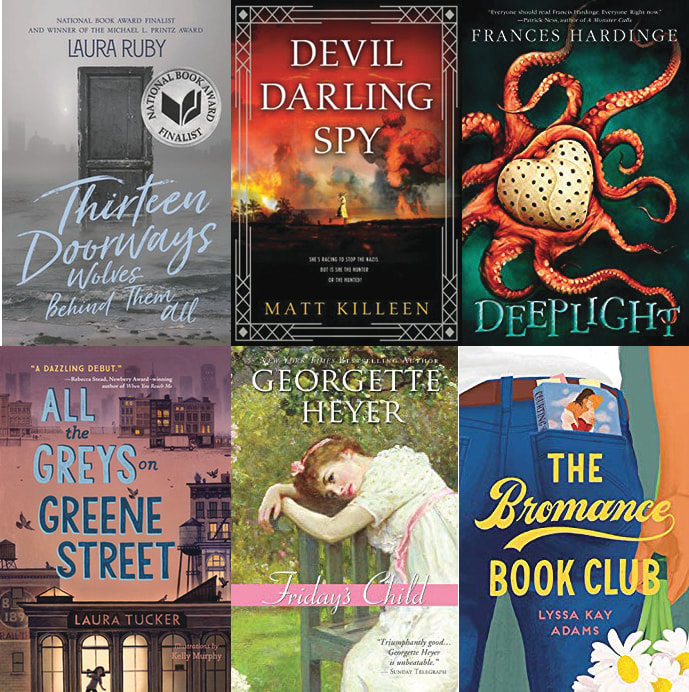
I’ve been interested in this book since it came out early this year. I saw the author speak about it at local bookstore, The Ripped Bodice, last April. She was fascinating and spoke of the clapback she’d been receiving from Ripperologists. The Five does not describe the famous murders or even attempt to point a finger towards the murder. The book describes, intimately, the lives of the five women who were murdered.
Rubenhold describes the life of each women from the records they left behind—birth records, marriage records, work and workhouse records, census information, and other sources. She also uses narrative texts from the era to understand what the statistical data means. With all this, she describes what life might have been like for Polly, Annie, Elizabeth, Catherine, and Mary Jane. It is fascinating. Rubenhold shines a light into the dark corners of the lower working classes and poor in London in the mid to late nineteenth century. I learned so much.
One thing I learned was that only Mary Jane was a known prostitute at the time. This is what enrages the Ripperologists. It was estimated early on in the original investigation that all the victims were prostitutes, which has left the world with images of lovely young street walkers. In fact, the first four victims were all in their forties—many of them grandmothers. They were all likely alcoholics and didn’t have enough money to rent a room for the night, which is why they were sleeping in the open. They were said to be prostitutes because at the time the law and well-off people did not see a difference between a poverty-stricken woman sleeping outdoors and a woman who earned her living with her body.
The vitriol that Rubenhold has received for daring to suggest that the victims were real women with lives worth living is unbelievable. I’ve followed her on Twitter since seeing her speak and it really is crazy how personally Ripperologists take her assertion that the women weren’t prostitutes. It feels as if they take it that way because they hero-worship the Ripper—as if he were doing society a favor.
If anyone would know that the women were not prostitutes, Rubenhold would. She wrote the book about prostitutes in the eighteenth century, Covent Garden Ladies: The Extraordinary Story of Harris's List, which inspired the TV show, Harlots, on which she works as historical consultant. I think she knows a thing or two about women and women’s history in England.
The thing that Rubenhold points out—that the victims were poor women in a world that cared very little about the poor and even less about women—is relevant today. As I was finishing the book, serial killer Samuel Little was making the news for admitting to killing more people than was thought. In his four-decade killing spree, he murdered women who lived on the margin—prostitutes, transgender women, drug addicts. Like the Ripper, he targeted women that would hardly be missed by society. I couldn’t help but see the connection.
I can’t recommend this book enough.


